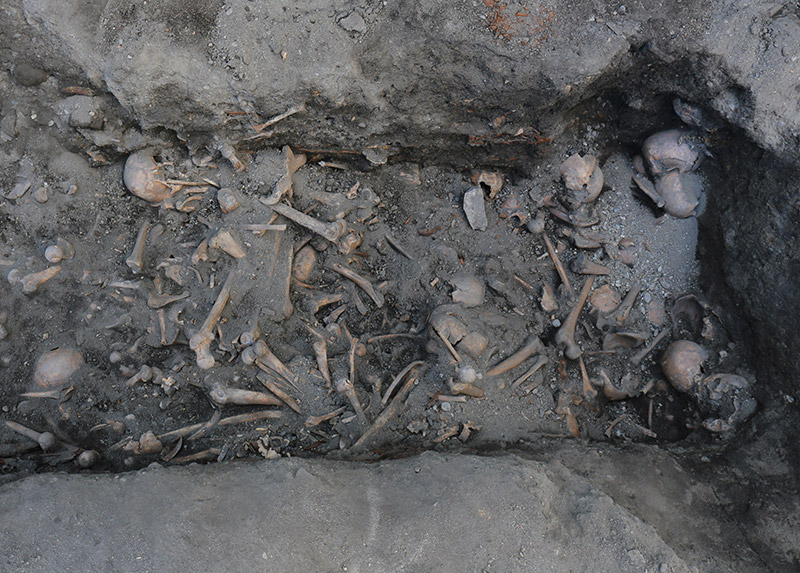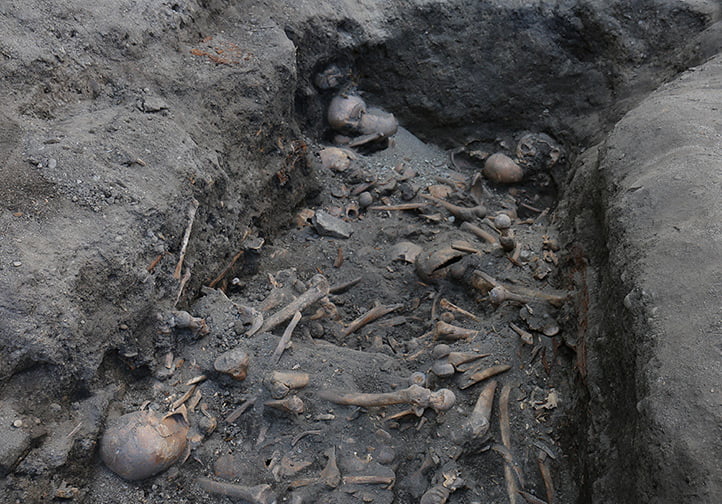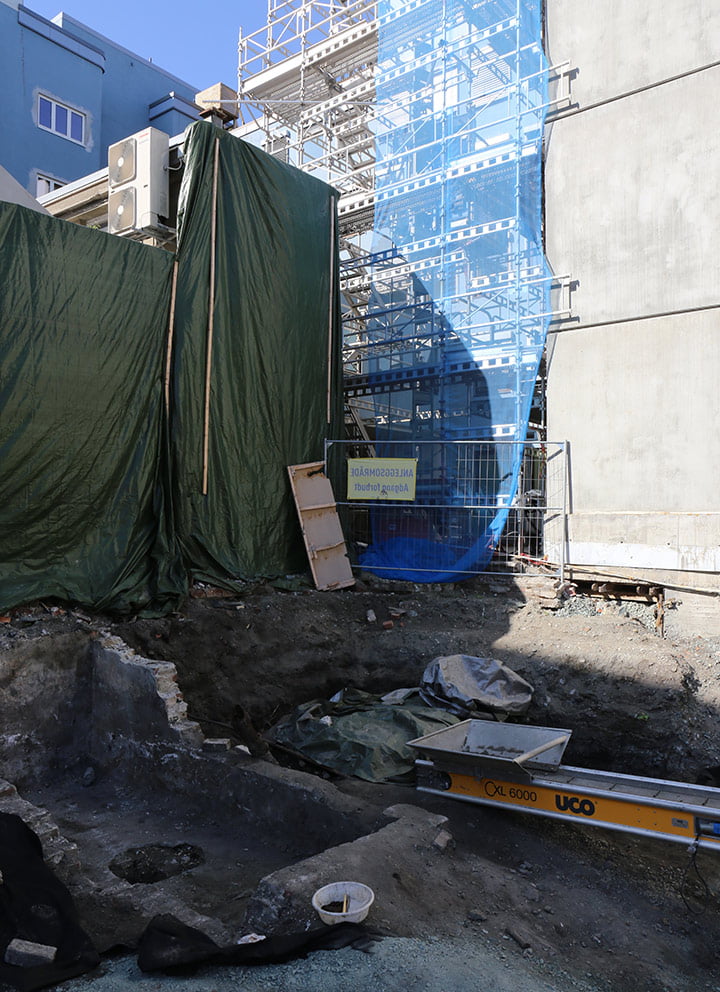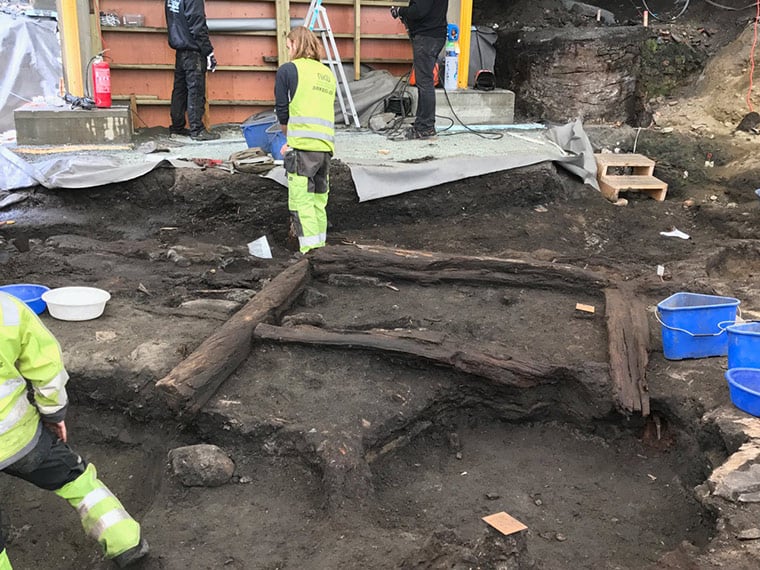
Archaeologists believe they have both found one of the city's oldest graveyards along with traces of its relocation in the 17th or 18th century.
How is it that in the very heart of Trondheim's oldest neighbourhood is a pit with over 200 skeletons from the Middle Ages? That's the question archeologists now want to answer after the discovery described by the Norwegian Institute for Cultural Heritage (NIKU) described as “stunning.”
Kjøpmannsgata in downtown Trondheim is home to the colourful trading houses that line the Nidelva river. It's an area that has long been home to commerce, and it's known there was a cemetery nearby.
A reburial pit, not a mass grave
Around 200 individuals have been discovered so far. So is this a mass grave? Archaeologist and excavation leader Ingeborg Sæhle explains that it's more likely a respectfully performed reburial.

“It might look brutal with layers upon layers of skeletons gathered in a pit. But when we examined the collection of skeletons more closely, we discovered how they are placed in an elaborate wooden box, almost like a coffin. They have been re-buried so that they could still be in consecrated ground.”
Exactly when the removal of the individuals from the cemetery was done is not known. Archaeologists assume that it happened in connection with mass construction work in the 17th and 18th centuries.
Read more: A Brief History of Norway
Sæhle says that the moving of graves isn't uncommon, but truly rare on this scale. With its scale and good state of preservation, the bone material in the pit constitutes an important and exciting research material on human life and living conditions in Trondheim in the Middle Ages.

Learning about the medieval cemetery
In addition to the skeleton put, archaeologists also found three tombs from the Middle Ages. The project manager for the excavation, Silje Rullestad, says that they knew there was a cemetery nearby:
“We know that there has been a cemetery south of our excavation area, but based on previous smaller investigations it appeared that we were north of this. When the area was excavated in the 19th century, skeletons, coffins and a tombstone from the 1100s were all found, but farther south. We didn't know how exactly how far north the cemetery was, but the discovery of these tombs helps us place it more precisely.”
The next step is to examine the intact tombs to hopefully date the cemetery. The team are also hoping for discoveries that may say something about the size of the cemetery.
Trondheim's history continues to be revealed
The archaeological dig is being carried out before the new home of Kjøpmannsgata Ung Kunst (KUK) is built on the site.
It's not the first surprise that recent excavations in connection with new buildings have turned up. Since the 1970s, there have been regulations that require a thorough excavation on construction sites before building can take place.

Back in 2016, the wooden remains of what is believed to have been St Clements Church was found on Krambugata. It's just a short distance away from where the skeleton pit was found.
It's the church in which Olav Haraldsson was first enshrined as a saint. The sainthood of the former Viking King played a major role in the conversion of Norway to Christianity.
In addition to the wooden foundations and a vast cemetery with hundreds of graves, the team discovered a bronze crucifix. The item was incredibly well-preserved and hiding just below the surface.

